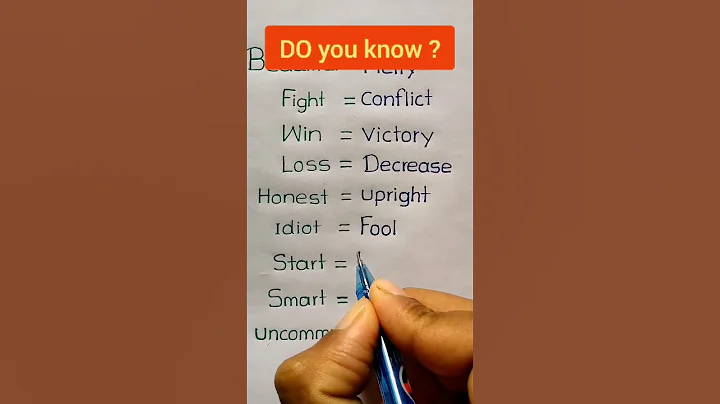Question 2: When solid iron balls of different weights are hung on both ends of lightweight lever, the lever is in equilibrium state. If the solid iron balls at both ends are immersed in water at the same time, will the lever still be balanced?
Analysis:
1 Suppose the schematic diagram of two solid iron balls hanging as shown in the figure below:

2 Suppose the weights of the two solid spheres are G1 and G2 respectively, and the volumes are V1 and V2 respectively, corresponding to force arm is L1 and L2 respectively,
3 According to the question, we can see that the lever balance is:
G1L1=G2L2, ①
Then there is: ρ iron gV1 ×L1=ρ iron gV2 × L2
gV1×L1=gV2×L2
4 When two iron balls are immersed in water at the same time, each ball will be affected by buoyancy. Suppose the buoyancy received by the two balls is F1 and F2 respectively,

, then: F1×L1=F2×L2. ②
means: ρ water gV1×L1=ρ water gV2×L2,
From ①-②,
gets:
(G1-F1)×L1=(G2-F2) ×L2,
means: F1 combined ×L1=F2 combined ×L2,
lever remains balanced.
summary: 1 lever and its equilibrium conditions
1.1 Definition: A hard rod that can rotate around a fixed point under the action of force. The shape of the lever is diverse: long or short, thick or thin, square or round, straight or bent.
1.2 describes the physical quantity of lever: one "point"; two "force"; two "arm".
One "point": the lever is about the fixed point of rotation, that is, the fulcrum.
Two "forces": the power and resistance acting on the lever, the two forces prompt the lever to rotate in different directions;
Two "arms": the power arm and the resistance arm are both the vertical distance from the fulcrum to the action line of the force, corresponding to the power arm and the resistance arm,
1.3 The equilibrium conditions of the lever:
1.3.1 Power × power arm = resistance × resistance arm.
1.3.2 Torque = force × force arm, that is, M= F× L.
1.3.3 Equilibrium conditions: M line = M inverse,
where: ① M line is the sum of all the force moments that make the lever turn clockwise,
②M inverse is the sum of all the force moments that make the lever turn counterclockwise.
1.3.4 For only one power and one resistance, the equilibrium condition becomes: F1L1=F2L2.
When L1L2 (power arm resistance arm), F1F2 (power resistance), is a labor-saving lever for ;
When L1L2 (power arm resistance arm), F1F2 (power arm resistance arm), is a labor-saving lever for ;
When L1=L2 (power arm = resistance arm), F1=F (power = resistance), is an equal arm lever.











